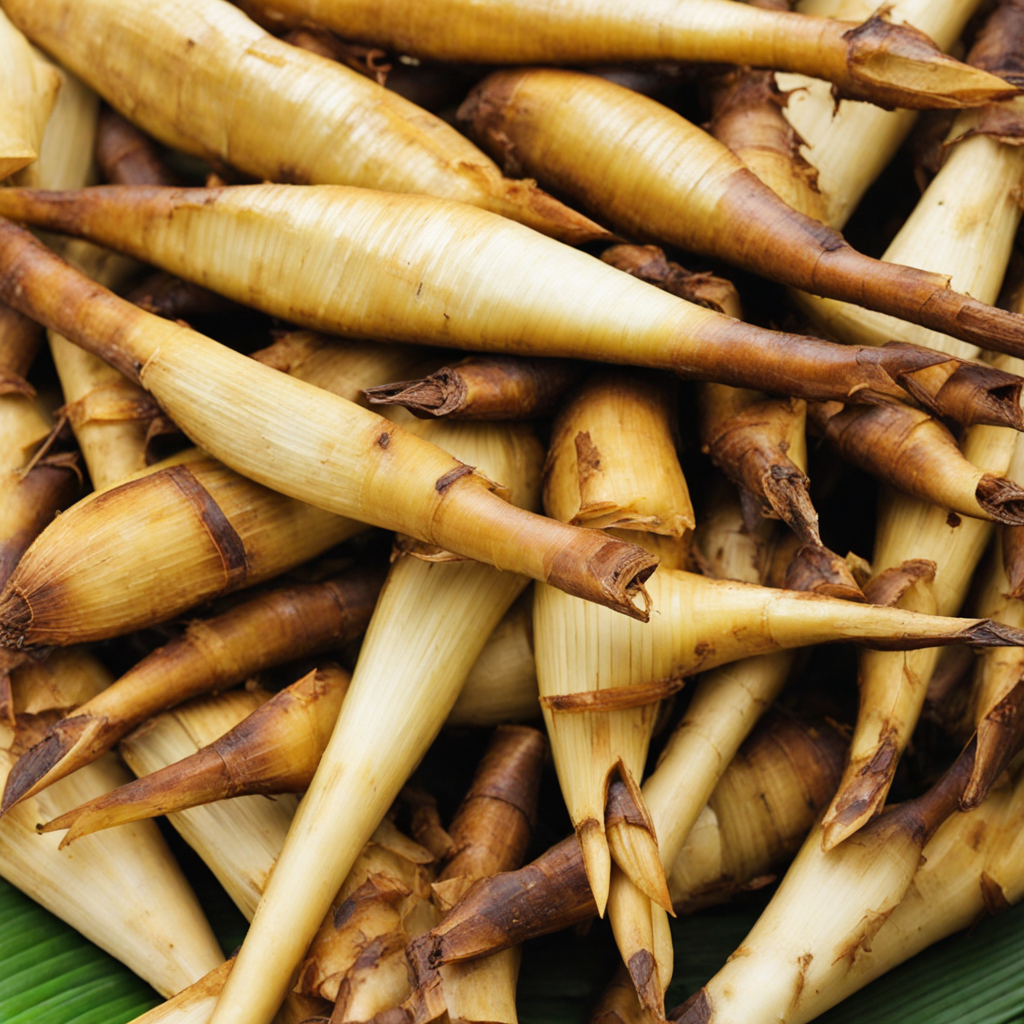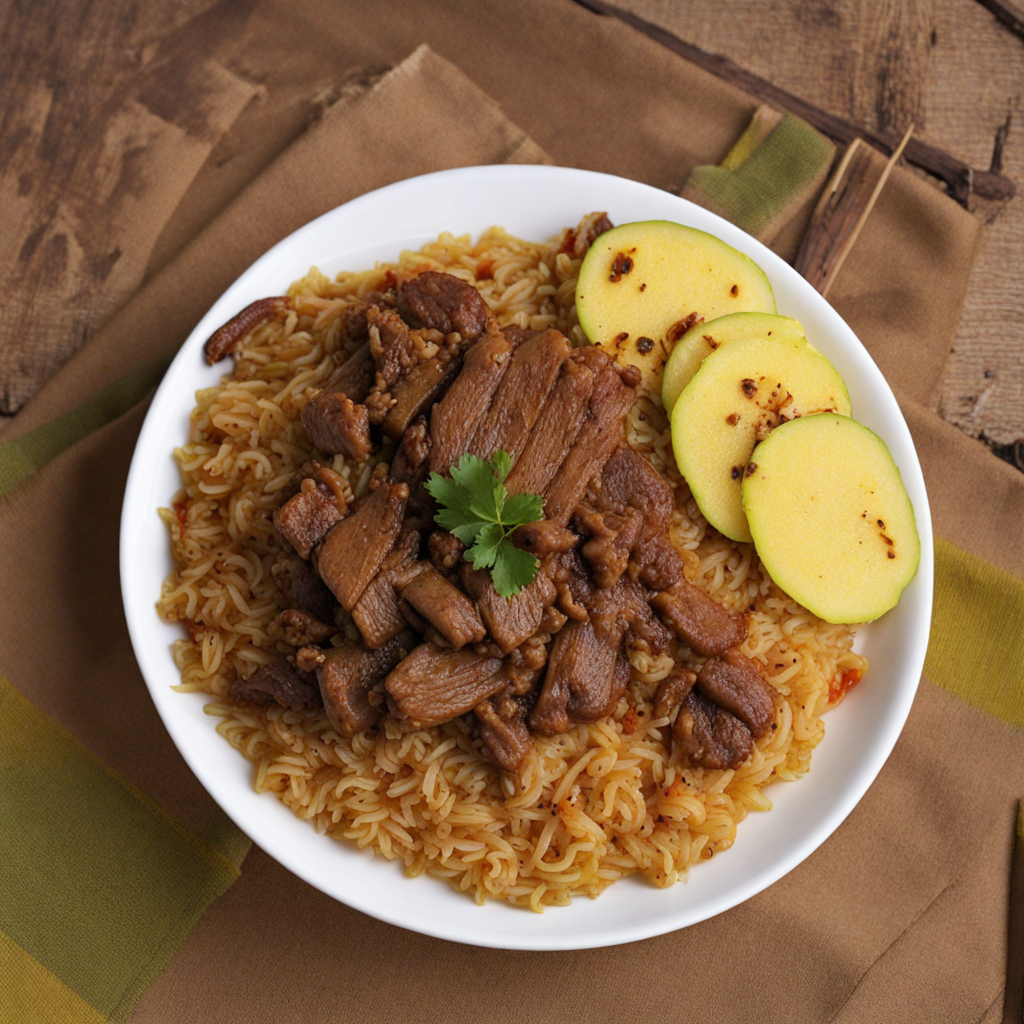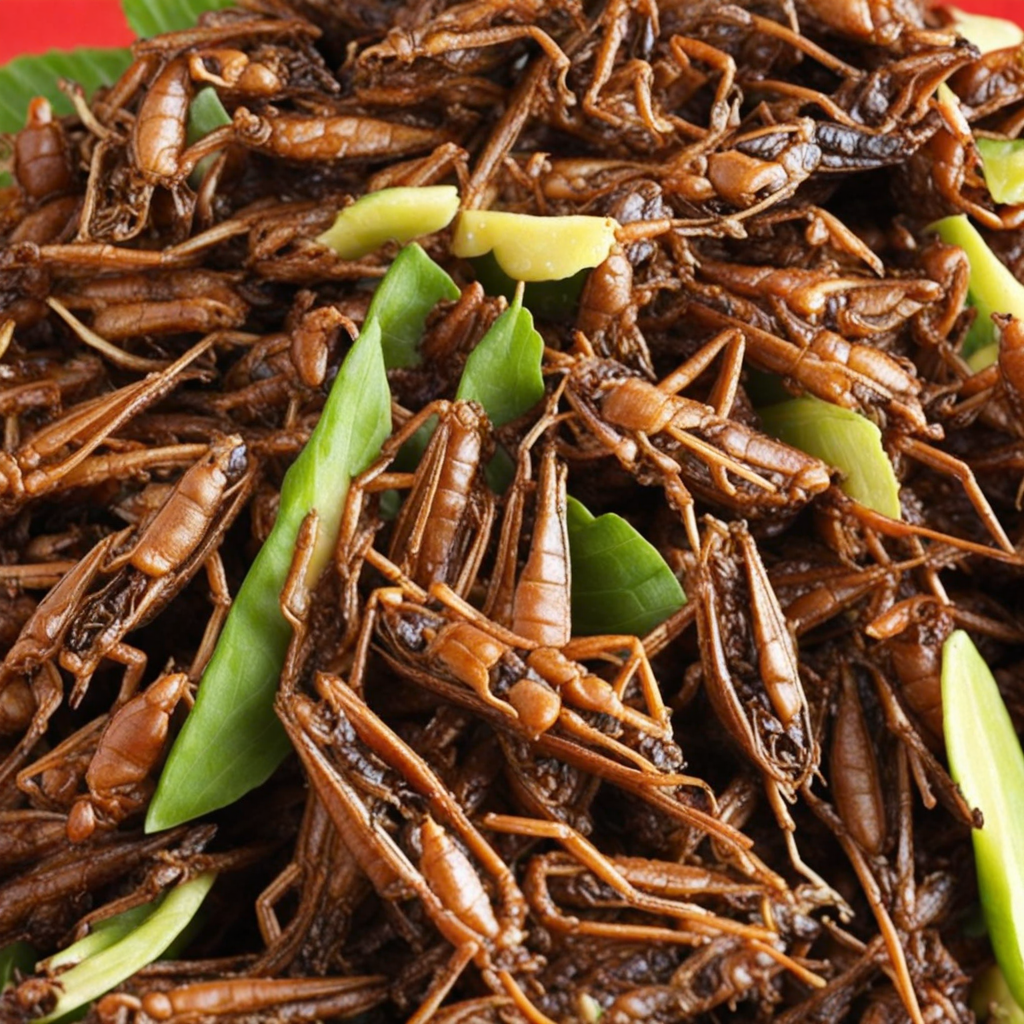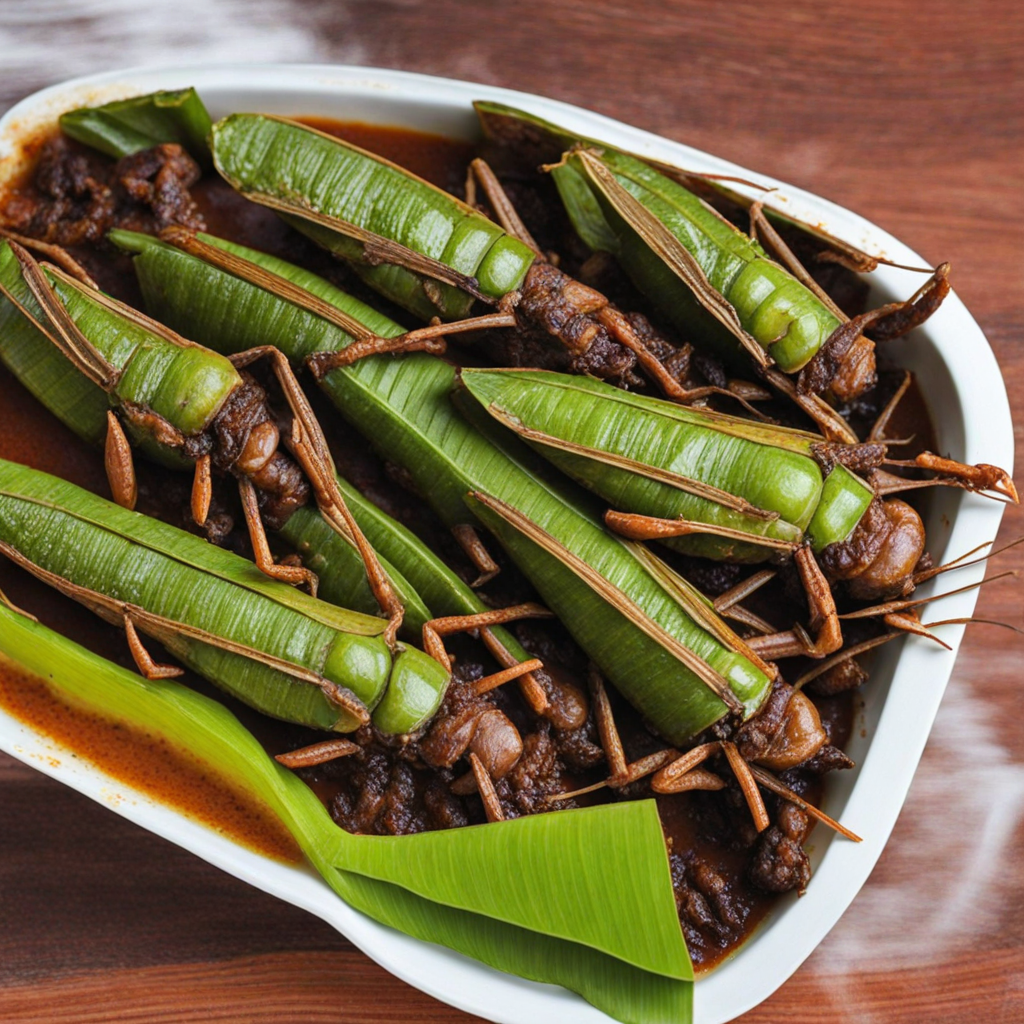Samosas
Samosas, a popular snack in Uganda, are deep-fried pastries that boast a delightful crunch and a savory filling. Typically shaped like triangles, these golden-brown treats are made from a thin layer of dough that encases a variety of ingredients. The traditional Ugandan samosa is often filled with spiced potatoes, peas, or minced meat, seasoned with a blend of local spices that offer a tantalizing aroma and flavor profile. The outer shell is crisp and flaky, providing a perfect contrast to the soft, flavorful filling inside. In Uganda, samosas are not just a snack; they are a beloved street food enjoyed by many at gatherings and celebrations. The fillings can vary widely, reflecting the region's culinary diversity. Some may feature lentils or vegetables, while others might include more exotic ingredients like fish or chicken, all seasoned to perfection with spices such as cumin, coriander, and chili powder. Each bite delivers a burst of flavor, making them an irresistible treat for food enthusiasts. Served hot, samosas are often accompanied by a tangy dipping sauce made from tamarind or chili, enhancing their flavor and adding a zesty kick. They can be enjoyed on their own or as part of a larger meal, making them versatile and satisfying. Whether enjoyed at a bustling market or at a family gathering, Ugandan samosas offer a unique culinary experience that invites you to explore the rich flavors and textures of East African cuisine.
How It Became This Dish
Samosas in Uganda: A Culinary Journey Through Time The humble samosa, a deep-fried pastry with a savory filling, has become a beloved snack and appetizer across the globe. While its roots can be traced back to the Middle East and the Indian subcontinent, the samosa has evolved into a unique culinary icon in Uganda, reflecting the nation’s rich cultural tapestry and diverse influences. Origins and Historical Journey The origins of the samosa can be traced back over a thousand years, with some historians suggesting it emerged in the Middle East around the 10th century. It is believed that the word "samosa" derives from the Persian word "sambūsah," which referred to a stuffed pastry. These pastries were initially filled with meat, spices, and herbs, showcasing the culinary artistry of the Middle Eastern kitchens. As trade routes expanded over centuries, the samosa made its way to the Indian subcontinent through the influence of Persian and Arab traders. In India, the samosa underwent a transformation, with the introduction of regional spices and ingredients. The Indian version often featured a potato filling spiced with cumin, coriander, and green chilies, becoming a staple in street food markets and Indian households. Arrival in Uganda The samosa’s journey to Uganda is intertwined with the region's colonial history and the migration of people. The Indian diaspora began to settle in Uganda in the late 19th century, during British colonial rule. These Indian migrants brought with them their culinary traditions, including the samosa. As they established businesses and integrated into Ugandan society, samosas became popular among the local population. In Uganda, the samosa took on a unique identity, blending Indian culinary influences with local flavors. The fillings varied widely, with options including spiced potatoes, minced meat, and vegetables, all wrapped in a crispy pastry shell. The adaptation of the samosa to local tastes made it a beloved snack for Ugandans of all backgrounds, transcending ethnic and cultural boundaries. Cultural Significance Samosas hold a special place in Ugandan culture, often enjoyed during celebrations, gatherings, and social events. They are commonly served at weddings, parties, and festivals, symbolizing hospitality and the coming together of communities. The act of preparing and sharing samosas is a communal experience, fostering bonds among family and friends. In Ugandan households, the preparation of samosas often becomes a family affair, with generations coming together to make the dough and fill it with various ingredients. This practice not only preserves culinary traditions but also strengthens familial ties and cultural identity. The samosa, therefore, is not just a snack; it is a vessel for connection and shared heritage. Samosas in Modern Uganda As Uganda has modernized and globalized, the samosa has continued to evolve. Today, it can be found in a variety of settings, from street vendors to upscale restaurants. The range of fillings has expanded to include innovative combinations, such as cheese, chicken, and even fish, reflecting the diverse culinary influences that permeate contemporary Ugandan cuisine. Street food culture in Uganda thrives, and samosas are a staple on the bustling streets of cities like Kampala. Vendors serve them hot, often accompanied by spicy chili sauce or tamarind dip, catering to the fast-paced lifestyle of urban dwellers. The samosa is accessible to everyone, from students to professionals, making it a versatile and affordable option for a quick snack or meal. The Global Influence of Ugandan Samosas The samosa has not only gained popularity within Uganda but has also made its mark on the global culinary scene. As Ugandan communities have migrated to different parts of the world, they have taken their love for samosas with them. In cities with significant Ugandan populations, such as London, Toronto, and Sydney, Ugandan-style samosas can be found in restaurants and food festivals, showcasing the rich flavors and unique fillings that set them apart from their counterparts. Furthermore, the rise of food tourism and interest in global cuisines has led to a renewed appreciation for traditional Ugandan dishes, including samosas. Food enthusiasts and travelers are increasingly drawn to authentic Ugandan cuisine, and samosas often feature prominently on menus, inviting diners to explore the country’s culinary heritage. Challenges and Adaptations Despite its popularity, the samosa has faced challenges in recent years. The increasing availability of fast food and processed snacks has threatened traditional street food vendors, who must compete with larger chains. However, the resilience of local vendors and the growing movement towards supporting street food culture have helped keep the samosa alive in the hearts of Ugandans. Moreover, the impact of globalization has led to a fusion of flavors, with chefs experimenting and incorporating local ingredients into samosa recipes. This adaptation not only keeps the dish relevant but also allows for creativity in the kitchen, ensuring that the samosa remains a dynamic part of Ugandan cuisine. Conclusion Samosas have come a long way from their ancient origins in the Middle East to finding a cherished place in Ugandan culture. They embody a rich history of migration, adaptation, and cultural exchange while serving as a symbol of hospitality and community. As Uganda continues to embrace its culinary heritage while evolving in a modern context, the samosa stands as a testament to the enduring power of food to bring people together. Whether enjoyed at a bustling street corner, a family gathering, or a festive celebration, the samosa remains an integral part of Uganda's food landscape. It tells a story of resilience, unity, and the ever-changing nature of culinary traditions, making it not just a snack, but a beloved cultural artifact that continues to nourish both body and spirit.
You may like
Discover local flavors from Uganda







